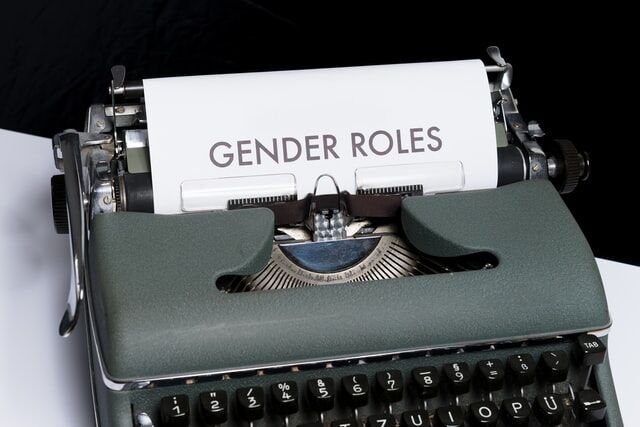The correlation between the meat industry and gender stereotyping
October 23, 2020
According to Emily Morgan, an assistant professor of art history at Iowa State, visual advertisements, specifically meat advertisements, have played a significant role in gender stereotyping women throughout history.
During this week’s Feminist Friday, Emily Morgan discussed information from the book she is currently working on titled “Imaging Animal Industry- Visualizing the American Meat Packing Trade.” Morgan’s book will focus on “the visual culture of the American meat industry between 1890 and 1960.” Today Morgan discussed how and why meat became an everyday necessity and how the meat industry worked to mold women’s behaviors and lifestyles.
“But in ads, companies generated a vision of the American woman in whom, they hoped, their consumer would see an idealized version of herself,” Morgan said. “Sometimes she was pretty and young […] she was, with very few exceptions, white.”
Morgan continued to share that, in particular, many visual advertisements changed the behavior of white, American women from buying meat on special occasions to buying and cooking meat for their families everyday. She then detailed the American woman that many companies were trying to reach- a middle class, married mother of two children. While Morgan notes that targeting and using white women in advertisements is nothing new to the product market, she urged the audience to observe how these advertisements changed the way meat was societally viewed.
“Women’s behavior as consumers, accordingly, constituted a critical, and even the primary, means by which meat became, and by which it remains, an everyday, rather than a luxury, food for Americans across wide spectra of class, race and culture,” Morgan said.
Morgan then explained how meat companies rarely showed live animals on their advertisements, and how they continually avoided showing the conditions of the factories in which their products were made and the workers who produced the meat. But, according to Morgan, the exception were the teams of white, female home economists that worked for meat packing companies. Morgan stated that these home economists served as the American housewives.
“In ads, cookbooks, and other publicity materials, home economists translated the efforts of the industry into recipes, presentations and menus, transubstantiation the hard machinery of meat production into the soft stuff of the home environment,” Morgan said.
Morgan moved on to discuss examples of the visual culture of the American meat industry in the early to middle 20th century. Morgan first examined an advertisement for Ham by Armour Company.
“[…]Here in this 1924 ad for Armour’s star ham, the emphasis is on ease[…] The ham is packaged as though by magic, and likewise, magically easy to prepare,” Morgan said.
She then took a look at other Armour ads, this time, ads featuring a smiling African American man. She notes that from whatever perspective the consumer viewed the ad, they would always be looking down upon the man, instilling a racial hierarchy among buyers.
“These ads encourage middle class, white women to imagine themselves as the processors of vast properties and happily, servile people,” Morgan said.
In her next example, Morgan discusses a SPAM advertisement by Hormel. She states that the SPAM ad combined visuals and text to create a direct message to families across the nation. The ad, which features a family using three different ways to cook SPAM, conveys the message that all young, attractive American families eat SPAM.
“Where once meat had been a ‘sometimes’ food, Hormel’s ads for SPAM work to show American women that the opposite of luxury[…] is an easy, everyday abundance,” Morgan said.
In her final example, Morgan examined hot dog and bacon advertisements by Oscar Meyer. She concluded that Oscar Meyer not only wanted to be a prominent brand, but an American phenomenon. And they partially succeeded in this by reiterating women’s role in the American household.
“But they [the advertisements] enact a heightened version of the American woman’s role as household nurturer and manager,” Morgan said. “ They demonstrated, or were intended to demonstrate to American women, not only the best way to make bacon, but the best way to be and the best way to serve.”
Morgan also illustrated that one of Oscar Meyer’s print advertisements featured images of a mother serving a man and a little girl bacon and egg. But, the only parts of the mother that can be seen are her manicured hands. Morgan explains that this is another example of a meat company trying to label women as servers.
In conclusion, Morgan reiterates the fact that while meat companies frequently gender stereotyped women, their ultimate goal was to make a profit.
“[…] No matter what Mrs. Consumer’s family looked like, no matter who stood or sat around her table, what mattered to Oscar Meyer, and to the meat industry as a whole, was that their products should be at the center of it,” Morgan said.

















